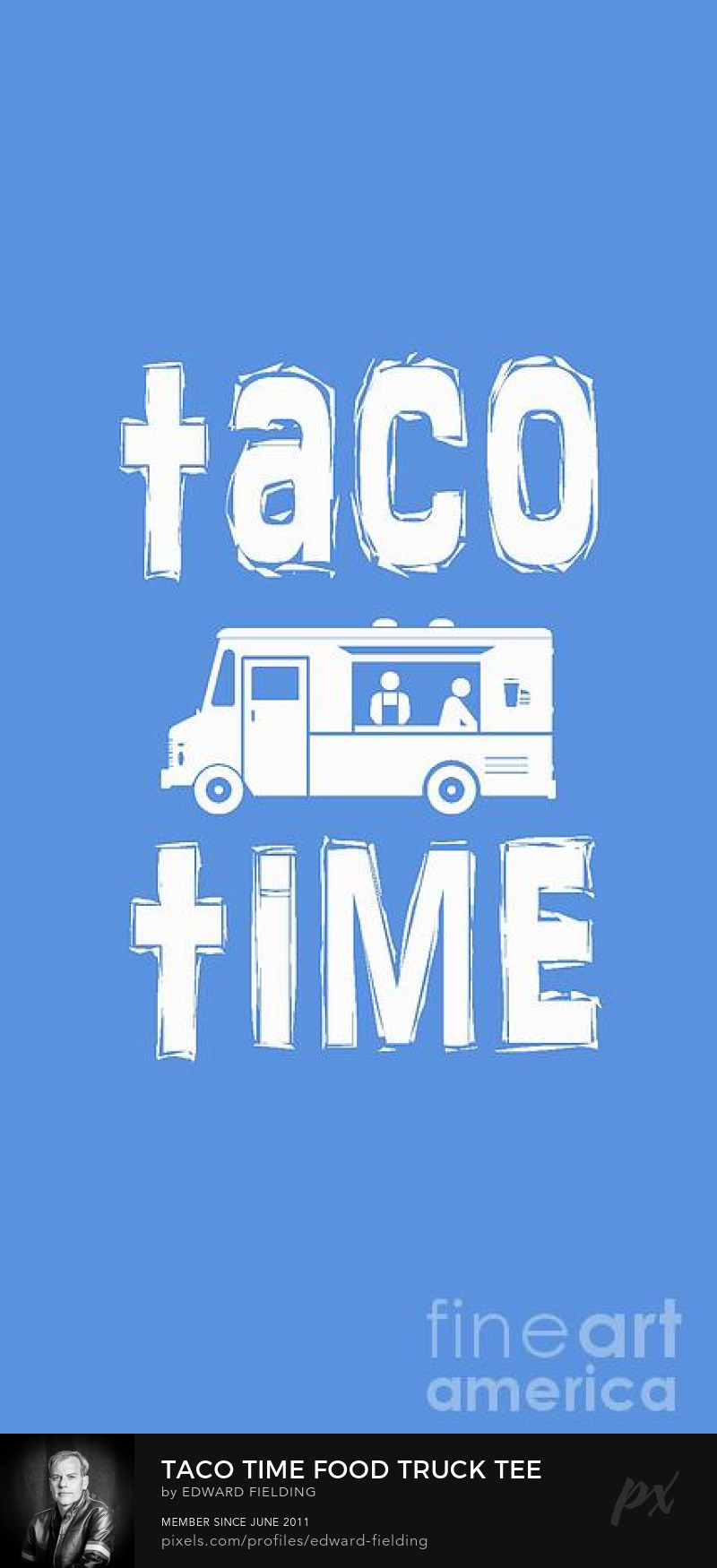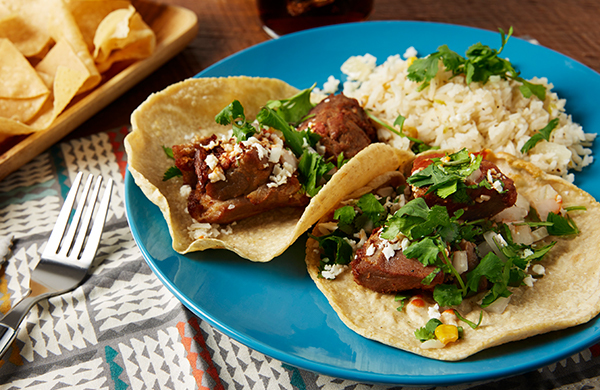Wouldn’t you know it, I’ve been eating Tex-Mex all along. After a recent trip to Dallas, Texas and savoring some great fajitas, tacos, bar-b-que and fried chicken fingers, I’ve come to realize that the “Mexican Food” that we typically get here in New England, is really more Tex-Mex than true Mexican.
Not that there are any major differences, at least not in the basic “Mexican” dishes that the restaurants all seem to offer around New England – burritos, enchiladas, fajitas, tacos.
It appears that Tex-Mex comes down to basically the difference in cheese. What Americanized food doesn’t add a lot of cheese right? We’ll I guess Americanized Chinese food doesn’t have cheese but everything else does – like Italian food. Over in Italy, I didn’t see everything covered in a blanket of cheese as we get in the US.
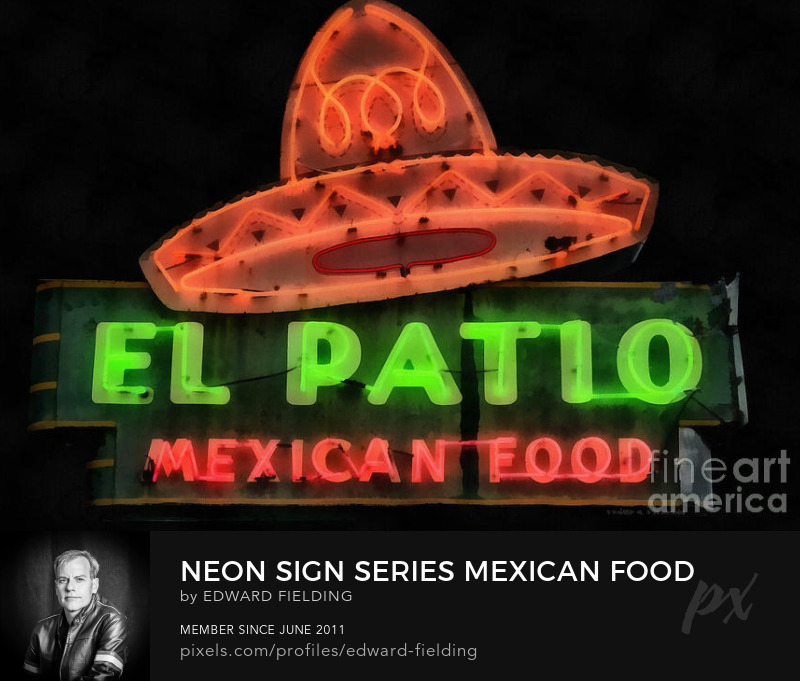
So true Mexican food typically uses fresh, young white cheeses while Tex-Mex gets smothered in shredded yellow or orange cheddar cheese. Queso blanco or “white cheese” – is easily identifiable by its snow-white color and crumbly texture.
Tex-Mex is a fusion of Mexican and American cuisine, largely as a result of Tejano culture (Texans of Mexican heritage).
Tex-Mex also uses the spice Cumin a lot which isn’t typically used in the original Mexican dishes.
Mexico is a large country with a history that goes back a long way and each region in Mexico has its own specialties. Tex-Mex is rather homogenized, every Tex-Mex eatery basically offers the same dishes.
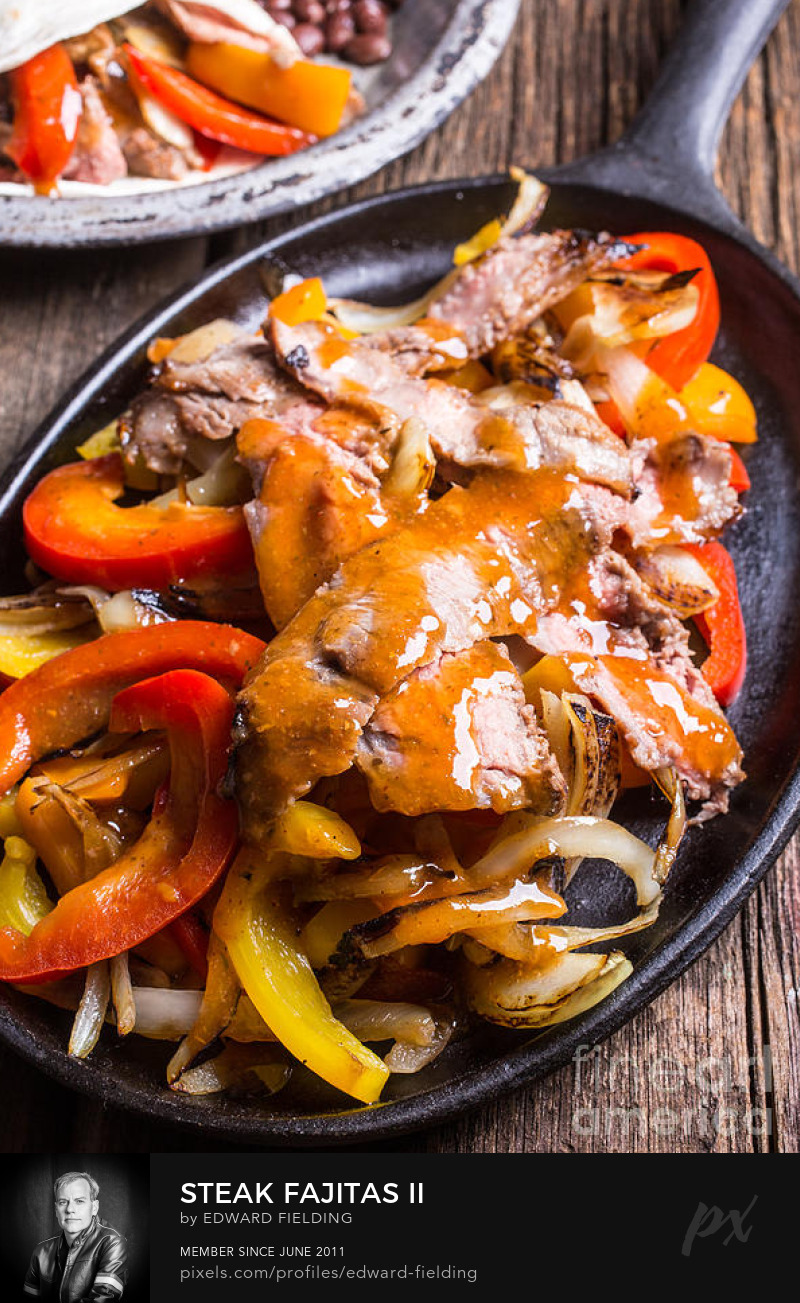
Tex-Mex tacos are usually made with a flour tortilla or hard corn shell and filled with ground beef, tomatoes, lettuce, and shredded cheese (think Taco Bell). Mexican tacos are always on a corn tortilla and filled with meat like cochinita pibil or carne asada and topped with cilantro, lime, and onion.
https://spoonuniversity.com/lifestyle/14-foods-that-should-never-become-unicorns
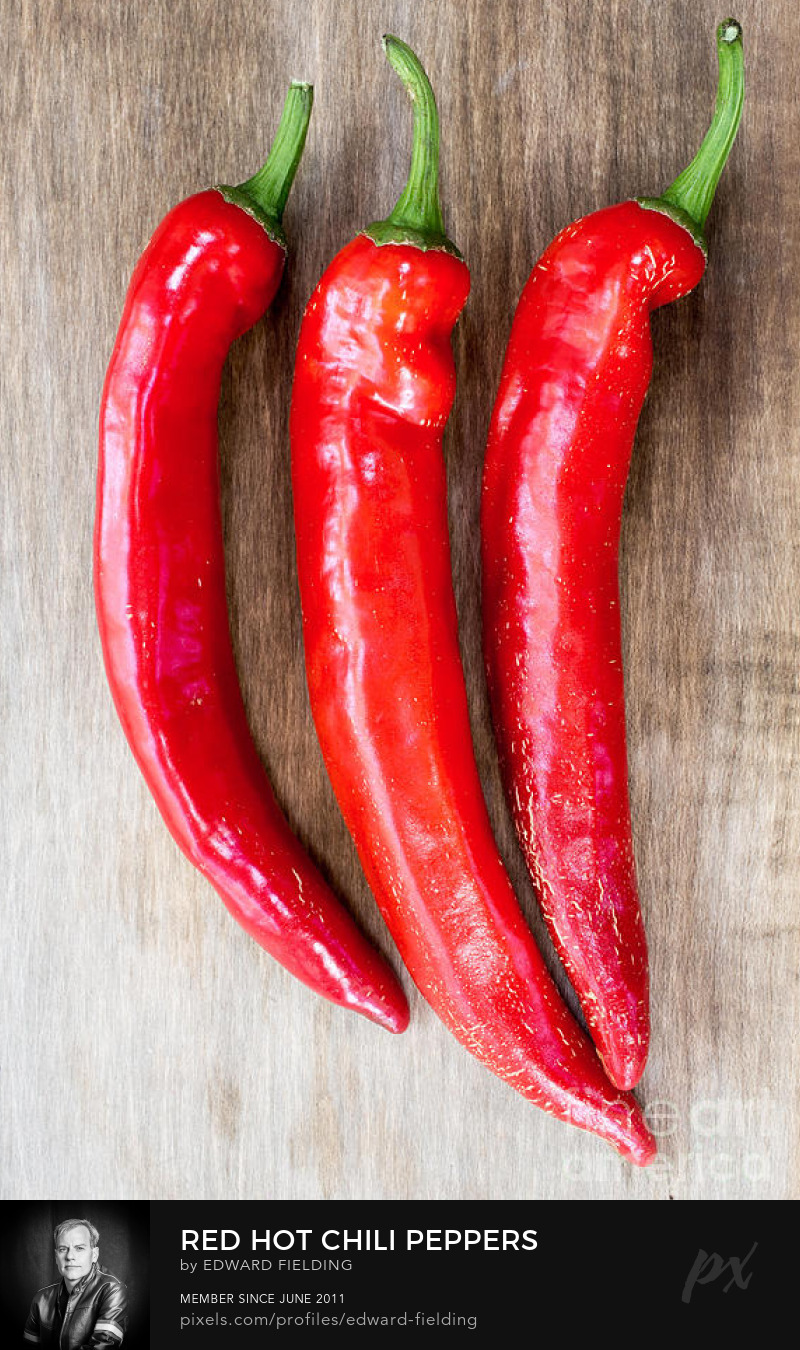
Examples of Tex–Mex food
I always think of fajitas as the ultimate Tex-Mex menu item, especially one with slivers of spicy steak or carne asada. Tex-Mex includes fajitas, nachos, and any dish that uses beef, black beans, canned vegetables, wheat flour, or yellow cheese. These ingredients are not popular south of the Rio Grande or the Mexican border.
If you think about the history of Mexico, Mayan Indians and the Aztec Empire mixed and mingled over hundreds of years and then were “conquered” by the Spaniards. This collision of cultures created today’s Mexican food combining things like corn tortillas, beans, chili peppers, wild game, and fish.
When the Texans took up residence in the North, they mingled in the ingredients they had on hand such as flour and beef.
